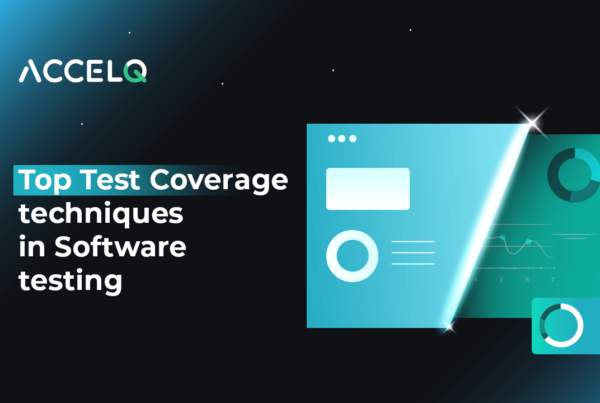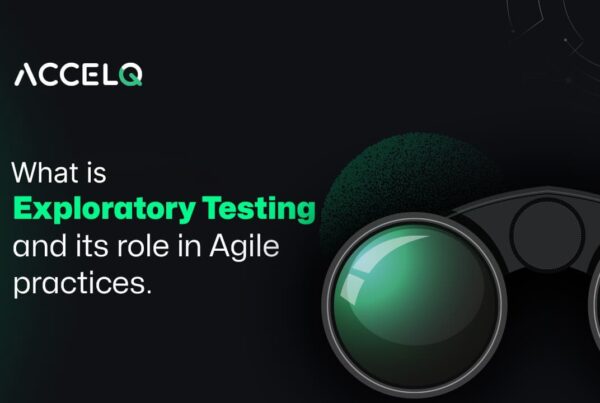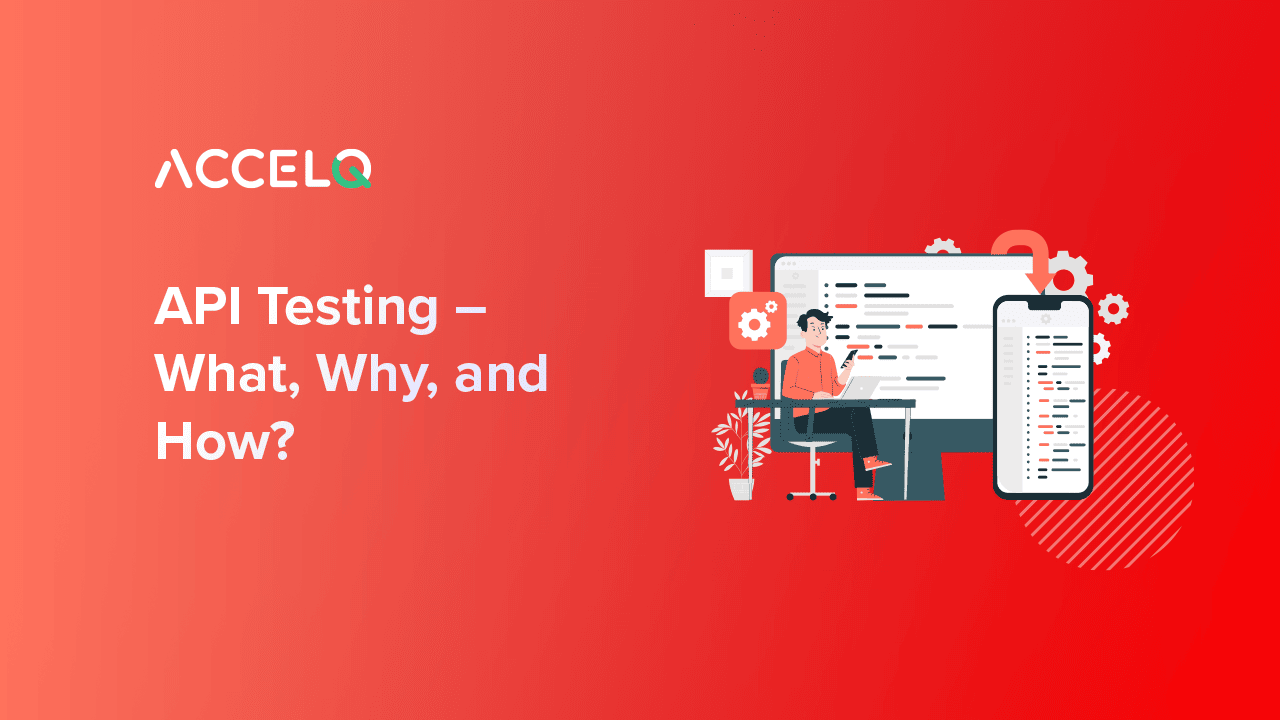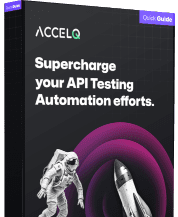API Testing: Benefits, Challenges, & Best Practices for 2025

Why is API Testing a Game-Changer?
APIs are the unsung heroes connecting various software components. They are like the interpreters in a multilingual conference, translating and transmitting requests and responses between different systems. API testing ensures these interpreters are top-notch, delivering accurate and efficient communication.
Beginning from e-commerce platforms, social media apps, and payment gateways, API testing ensures they all work smoothly together. It is not just about functionality but also about creating a secure, robust, and user-friendly digital experience.
As we explore the blog, we will consider its significance, methodologies, and the challenges it overcomes.
What is API Testing?
API testing involves testing or checking the application programming interfaces (API) against the expectations, use cases, and functionality needed. As a direct testing approach and part of the integration testing paradigm, it is integral for validating and understanding the API's functionality and giving context to API's quality, security, and usability.
API testing is now popular for automating tests because of the growth of DevOps and continuous delivery. Test cases in the automated test suite now quickly validate API functionality, regardless of complexity. Also, running these test cases multiple times ensures that the API functions correctly and meets the business needs.
Market Growth
The scope of API testing is immense, and the magnified market potential affirms it. According to Global Industry Analytics Inc., the API testing market is projected to close in on the $2 billion market value by the end of 2026. This growth is attributed to the higher dependency on aptness APIs and their ubiquity in the digital world.
Benefits of API Testing
- Early Bug Detection: API testing allows developers to identify issues early in the development cycle, reducing time and costs associated with fixing defects later.
- CI/CD Integration: With automation, API testing fits seamlessly into continuous integration/continuous delivery (CI/CD) pipelines, ensuring faster, more efficient releases.
- Enhanced Security: API testing includes penetration testing, fuzz testing, and security checks, identifying vulnerabilities before APIs go live.
- Cost Efficiency: Automated API testing reduces manual efforts, accelerates development, and ensures compliance with business requirements—saving both time and money.
- Cross-Platform Testing: APIs are platform-agnostic, allowing testing across various technologies and ensuring compatibility with diverse environments.
Challenges in API Testing
- Initial Setup of API Testing: Setting up the API testing environment can be time-consuming. Without a graphical user interface (GUI), testers must configure databases and servers manually.
- Sequencing API Calls: APIs often depend on the correct sequence of calls. Missteps in multi-threaded applications can lead to inaccurate results.
- Parameter Validation: APIs assign values to parameters and testing all possible combinations can be challenging. Teams must ensure parameters pass validation criteria, such as data types and value ranges.
- Schema Maintenance: The API schema must be updated consistently to reflect changes in the backend, ensuring the API performs as expected.
How to Approach API Testing
- Define the Scope: Identify endpoints, workflows, error messages, and success criteria. Document all testing requirements for a comprehensive testing strategy.
- Set Up the Environment: Configure servers and databases and integrate application data for thorough testing.
- Apply Diverse Testing Techniques: Include functional, performance, load, and security testing to cover all aspects of API functionality.
- Use the Right Tools: Choose API testing tools that support automation, manual testing, and integration with your tech stack. Consider codeless options for ease of use.
- Write and Analyze Test Cases: Develop detailed test cases, run them, and validate results against expected outcomes.
- Maintain Documentation: Keep test results and changes updated to ensure consistency and traceability.
Best Practices of API Testing
- Visualize API Calls: Create flowcharts to understand call sequencing.
- Test Exhaustively: Include both positive and negative test scenarios.
- Simulate Real Conditions: Use production-like data for accurate testing.
- Automate Testing: Use tools to simplify and standardize testing processes.
- Perform Manual Checks: Combine manual and automated tests for comprehensive results.
Real-Life Examples of API Testing
1. Social Media Logins
Test if a mobile app retrieves user information from platforms like Facebook or Google securely and efficiently.
2. Payment Integration
Verify that an eCommerce site processes transactions through APIs while safeguarding user data during payments.
Why ACCELQ for API Test Automation?
ACCELQ offers a codeless, automated API testing platform designed to simplify and accelerate testing.
Key Benefits:
- Faster CI/CD Pipelines: Automate validations and speed up delivery.
- End-to-End Validation: Test API chains for comprehensive coverage.
- Informed Decision-Making: Empower teams with actionable insights.
- Cost-Effective Testing: Reduce maintenance and operational costs.
Do all that and more with ACCELQ's codeless and automated API testing. We believe in striking a balance between speed and quality.Shape
Conclusion
API testing is no longer optional—it's a necessity for delivering secure, efficient, and scalable applications. By leveraging best practices, addressing challenges, and using advanced tools like ACCELQ, organizations can ensure their APIs perform flawlessly in today’s competitive digital landscape.
Geosley Andrades
Director, Product Evangelist at ACCELQ
Geosley is a Test Automation Evangelist and Community builder at ACCELQ. Being passionate about continuous learning, Geosley helps ACCELQ with innovative solutions to transform test automation to be simpler, more reliable, and sustainable for the real world.
Discover More
 Top Test Coverage techniques in Software testing
Top Test Coverage techniques in Software testing
Top Test Coverage techniques in Software testing
 What is Exploratory Testing, and what is its role in Agile practices?
What is Exploratory Testing, and what is its role in Agile practices?

































